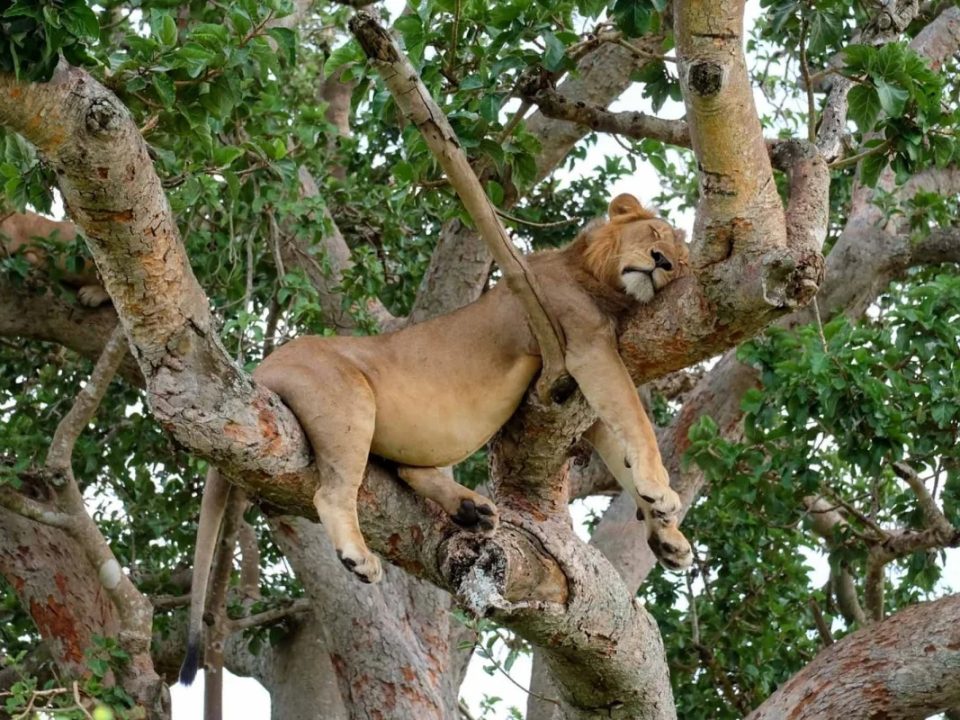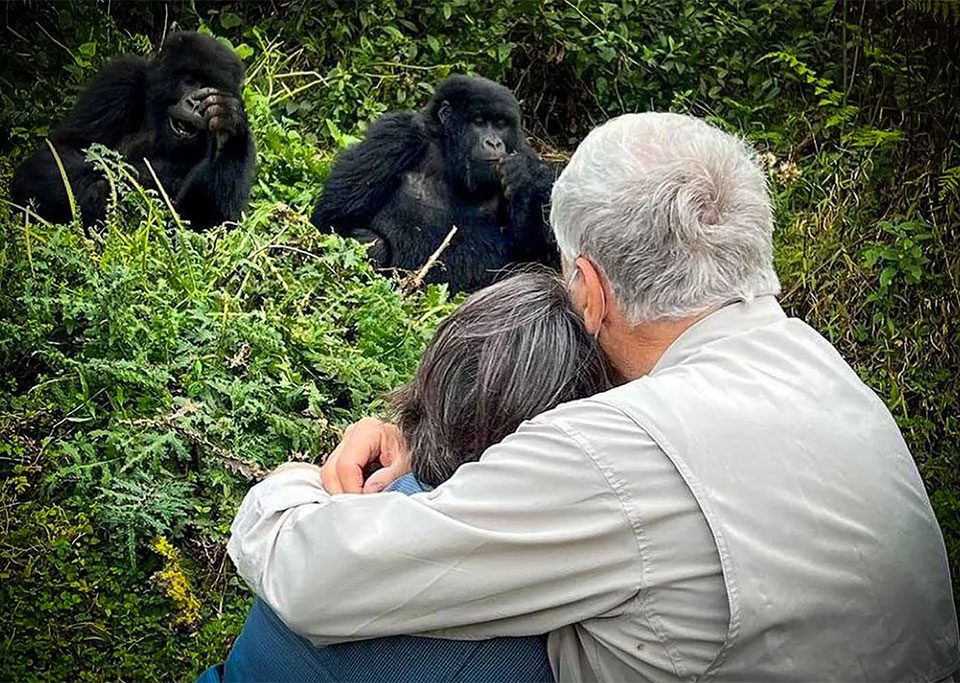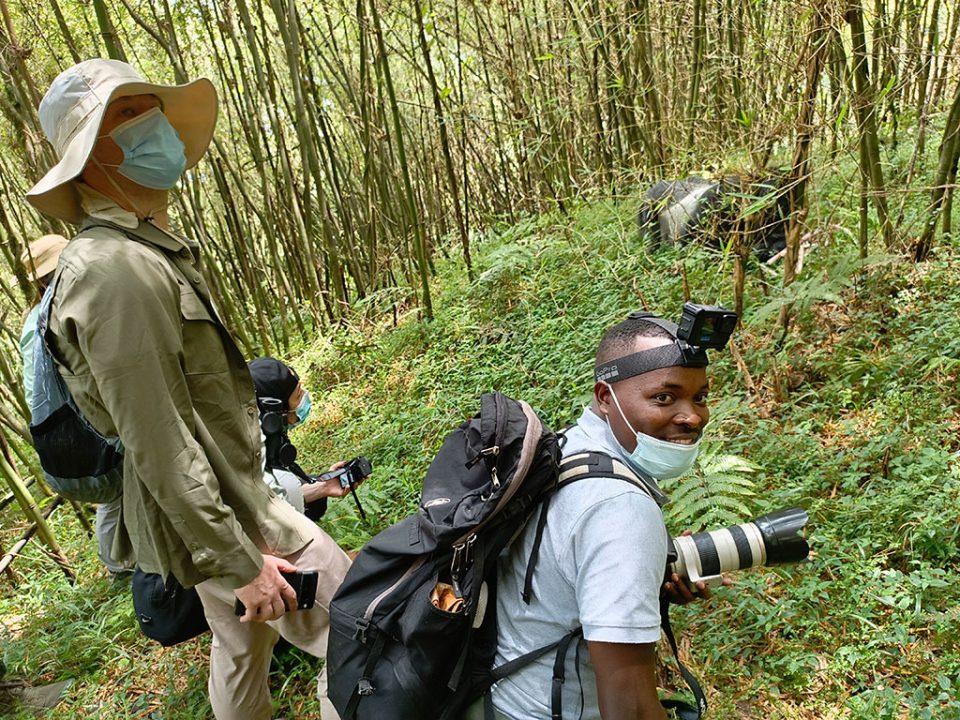- EXPERT'S HELP
- +256789210067
- +256200955001
- info@kenlinktours.com
Namibia Safaris Starting from Windhoek
Namibia Safaris Starting from Windhoek. Namibia is one of Africa’s most fascinating safari destinations, offering endless horizons, dramatic desert landscapes, unique wildlife, and rich cultural heritage. For many travelers, Windhoek, the country’s capital city, is the natural starting point for their safari adventure. Situated in the central highlands, Windhoek serves as the hub for domestic flights, road transfers, and guided tours to Namibia’s main attractions. Whether you are embarking on a short trip or an extended overland journey, Namibia safaris starting from Windhoek provide unforgettable experiences that blend adventure, nature, and culture.
Why Starting Your Safari in Windhoek is good
Windhoek is more than just a transit city. It is a modern African capital with a mix of colonial architecture, vibrant markets, and welcoming guesthouses. Starting your safari here has several advantages:
Accessibility: Hosea Kutako International Airport, about 40 kilometers from Windhoek, connects visitors to major international destinations. Most safari tours begin with a pick-up in the city.
Well-Connected Routes: From Windhoek, road networks lead north to Etosha National Park, south to Sossusvlei and the Namib Desert, west to Swakopmund and the Skeleton Coast, and east towards the Kalahari Desert.
Accommodation Choices: The city has a wide range of hotels, lodges, and guesthouses, catering to different budgets, making it easy to spend a night before and after your safari.
Cultural Introduction: Museums, craft markets, and local restaurants in Windhoek offer a taste of Namibia’s history and culture before heading into the wilderness.
Popular Safari Routes from Windhoek
1. Sossusvlei and the Namib Desert
One of Namibia’s most iconic landscapes, the Namib Desert, lies to the southwest of Windhoek. Here, towering red sand dunes meet salt pans and rugged mountains. Sossusvlei is the highlight, with its dramatic dunes like “Big Daddy” and “Dune 45,” along with the eerie, photogenic Deadvlei clay pan.
Distance from Windhoek: ~350 km (5–6 hours by road).
Activities: Dune climbing, hot air balloon rides, photography, nature walks.
Best Time: May to September (cooler, clear skies).
2. Etosha National Park
North of Windhoek lies Etosha, Namibia’s premier wildlife destination. This vast salt pan surrounded by savannah and woodland is home to elephants, lions, giraffes, zebras, black rhinos, and hundreds of bird species.
Distance from Windhoek: ~400 km (5–6 hours by road).
Activities: Game drives, night drives, photography, waterhole viewing.
Best Time: July to October (dry season, wildlife gathers at waterholes).
3. Swakopmund and Skeleton Coast
Heading west from Windhoek, you’ll reach Swakopmund, a coastal town with a German colonial past. It’s a hub for adventure sports and a gateway to the Skeleton Coast, famous for shipwrecks, seals, and dramatic shorelines.
Distance from Windhoek: ~360 km (4–5 hours by road).
Activities: Quad biking, sandboarding, dolphin cruises, desert tours.
Best Time: Year-round, though fog is common along the coast.
4. The Kalahari Desert
To the southeast lies the Kalahari Desert, a semi-arid region characterized by red sand dunes, golden grass, and acacia trees. It’s home to wildlife such as meerkats, cheetahs, and oryx, as well as San Bushmen communities.
Distance from Windhoek: ~250 km (3–4 hours by road).
Activities: Game drives, cultural interactions with the San, nature walks.
Best Time: March to October (mild weather).
5. Damaraland and Kaokoland
For the adventurous, Damaraland offers rugged mountains, desert-adapted elephants, and ancient rock engravings at Twyfelfontein. Kaokoland, further north, is home to the Himba people and dramatic wilderness landscapes.
Distance from Windhoek: 450–700 km depending on the area.
Activities: Cultural tours, hiking, visiting rock art sites, tracking desert elephants.
Best Time: May to September.
Common Namibia Safaris from Windhoek
Guided Group Tours – Ideal for budget travelers, these tours include transport, accommodation, and a guide. Groups usually range from 6–12 people.
Private Guided Safaris – Tailor-made journeys with a professional guide, offering flexibility and comfort.
Self-Drive Safaris – Namibia is one of the best countries for self-drive adventures. Roads are well-maintained, and 4×4 rentals are widely available in Windhoek.
Luxury Fly-In Safaris – For those short on time or seeking comfort, small charter planes can whisk you to Namibia’s top lodges and parks.
Wildlife Highlights
Etosha National Park: Lions, leopards, elephants, black rhinos.
Namib Desert: Oryx, springbok, jackals, and unique desert-adapted flora.
Skeleton Coast: Cape fur seals, jackals, flamingos.
Kalahari Desert: Meerkats, cheetahs, giraffes.
Damaraland: Desert-adapted elephants, rare black rhinos.
Best Time to Go on a Safari in Namibia
May to October (Dry Season): Best for wildlife viewing, cooler temperatures, and clearer skies.
November to April (Wet Season): The landscape is greener, birdwatching is excellent, but some roads may be difficult to navigate.
What to Pack for a Namibia Safari
Light, breathable clothing for daytime.
Warm layers for chilly mornings and evenings.
Sturdy walking shoes or boots.
Sun protection: hat, sunglasses, sunscreen.
Binoculars and camera with spare batteries.
Refillable water bottle.
Travel documents and copies.
Sample Safari Itinerary: 7 Days from Windhoek
Here’s a sample outline of a Namibia safari starting from Windhoek:
Day 1: Arrival in Windhoek
Pick-up from Hosea Kutako International Airport.
Overnight stay in Windhoek at a hotel or guesthouse.
Briefing about the safari.
Day 2: Windhoek to Sossusvlei (Namib Desert)
Drive through the scenic Khomas Highlands.
Arrive in Sesriem, gateway to Sossusvlei.
Sunset at Elim Dune.
Day 3: Sossusvlei Exploration
Early morning visit to Dune 45 and Big Daddy.
Explore Deadvlei and Sesriem Canyon.
Optional hot air balloon ride.
Day 4: Sossusvlei to Swakopmund
Scenic drive through the Namib-Naukluft National Park.
Stop at Walvis Bay lagoon to see flamingos.
Explore Swakopmund town in the evening.
Day 5: Swakopmund Adventures
Morning dolphin cruise or desert tour.
Afternoon quad biking or sandboarding.
Overnight in Swakopmund.
Day 6: Swakopmund to Etosha National Park
Long drive north to Etosha.
Afternoon game drive in the park.
Overnight at a lodge near a waterhole.
Day 7: Etosha Safari and Return to Windhoek
Morning game drive.
Drive back to Windhoek for departure or overnight.

Request for a Quote
Start planning your adventure trip today with a professional expert available to help you 24/7. Encounter Africa on your own terms.
Request a Quote
Visa Entry
Uganda offers online visa applications, but many travelers find it easier to pay (US$100) and obtain a visa upon arrival at points like Entebbe International Airport. For travel into Rwanda and Kenya, it's recommended to apply for an East African Visa.
Read More About VisasBest of Namibia Safari Adventures
Namibia offers a unique safari experience with its diverse landscapes, from the vast desert dunes of Sossusvlei to the wildlife-rich Etosha National Park. Known for its dramatic scenery and abundant wildlife, including elephants, lions, and rhinos, Namibia also showcases rich cultural heritage through indigenous communities like the Himba people. Its remote, untouched environments provide an unforgettable adventure for nature lovers, photographers, and thrill-seekers seeking a true African wilderness experience. Contact us now



Namibia Extended Safaris




Uganda Private Tours & Safari












